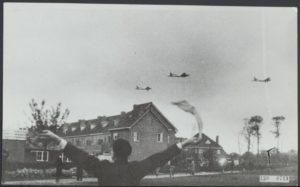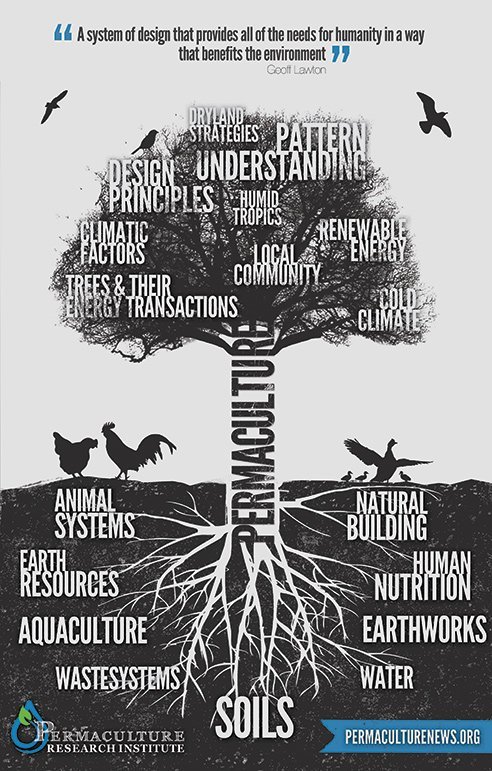In the winter of 1944, the city of the Hague was going hungry. In fact, all the cities of the western Netherlands were hungry. Railway workers and the country’s government in exile had defied German occupiers with a strike. In response, the Nazis significantly cut off the country’s most populated region from food supplies. The canals also froze, making transportation and escape impossible. What resulted was the “hunger winter,” a famine of unprecedented scale.
Solutions were few. Fuel ran out quickly, and some residents even ground up tulips to make flour. One group, however, wasn’t suffering as much as expected. In the Hague’s Juliana Children’s Hospital, pediatrician Willem Karel Dicke noticed that the children in his care with celiac disease were improving, even as they starved.
Doctors had known about celiac for years. But there was no consensus on its cause, or how to treat it. It acquired its name in 100 A.D., when Greek* physician Aretaeus of Cappadocia was stumped by an ailment with symptoms of weakness, malnutrition, and diarrhea, which he dubbed koiliakos.
Today, celiac disease is known to be a genetic autoimmune disorder. Those afflicted have a severe reaction to gluten, a protein found in grains such as wheat. It can be a challenge to diagnose, but once identified, the treatment is simple: eating a diet free of gluten.
But at the dawn of modern medicine, celiac remained a frustrating mystery to doctors. Even worse, the disease had the greatest effect on children.

Food was airdropped in April, ending the hunger winter. Fotograaf Onbekend/Nationaal Archief/Anefo/CC0
SOURCE



